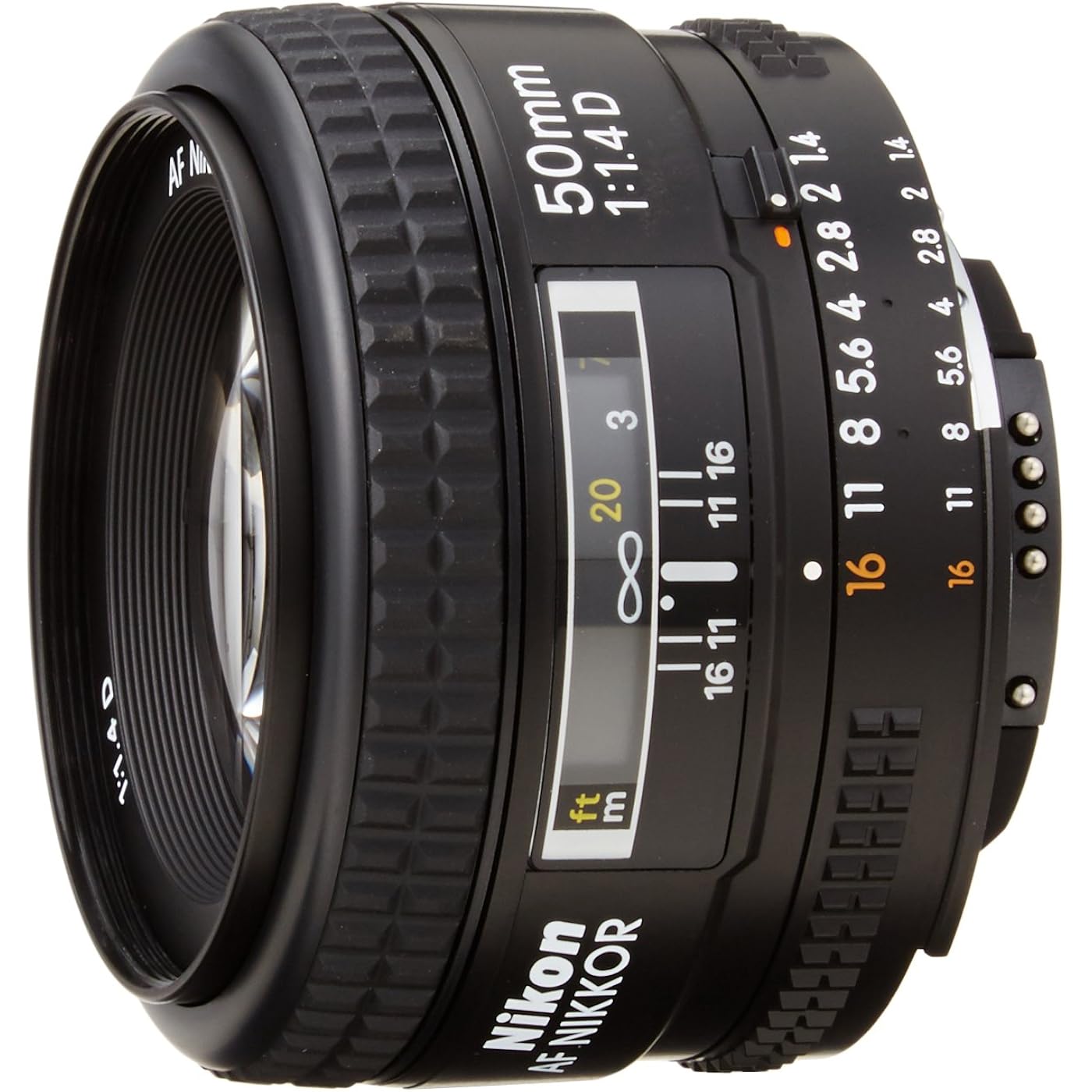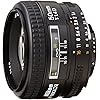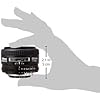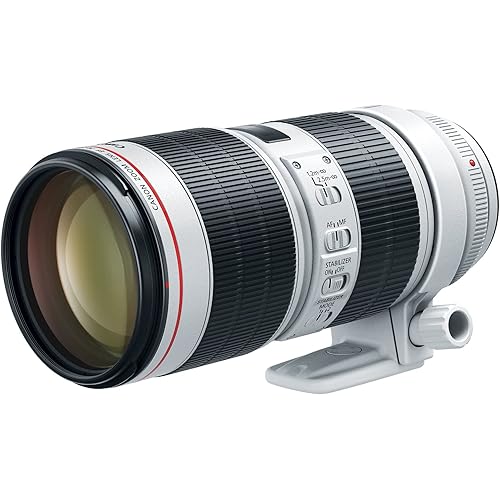Nikon AF FX NIKKOR 50mm F/1.4D DSLR Lens with Auto Focus for Nikon DSLR Cameras




Buy Now, Pay Later
- – Up to 36-month term if approved
- – No impact on credit
- – Instant approval decision
- – Secure and straightforward checkout
Ready to go? Add this product to your cart and select a plan during checkout.
Payment plans are offered through our trusted finance partners Klarna, Affirm, Afterpay, Apple Pay, and PayTomorrow. No-credit-needed leasing options through Acima may also be available at checkout.
Learn more about financing & leasing here.
This item is eligible for return within 30 days of receipt
To qualify for a full refund, items must be returned in their original, unused condition. If an item is returned in a used, damaged, or materially different state, you may be granted a partial refund.
To initiate a return, please visit our Returns Center.
View our full returns policy here.
Features
- The AF NIKKOR 50mm f/1.4D DSLR Lens from Nikon is a very effective standard length lens compatible with both FX and DX format Nikon DSLRs
- Lens construction: 7 elements in 6 groups
- Closest focusing: 0.45m/1.5 ft.
- Accepts 52mm filters;Maximum Aperture f/ 1.4 ;Minimum Aperture f/ 16
- Includes 52mm lens cap, rear cap
- Lens not zoomable
- Lens not zoomable
Description
Fast enough for shooting in just about any type of light, this is an ideal first lens; perfect for full-length portraits, travel photography or any type of available-light shooting. The Nikon 50mm f/1.4D AF Nikkor lens delivers distortion-free images with superb resolution and color rendition. Accepts 52mm filters. For programmed auto or shutter-priority auto shooting,use the minimum aperture lock lever to lock the lens aperture at f/16
Brand: Nikon
Lens Type: Normal
Compatible Mountings: Nikon F (FX)
Camera Lens Description: 50 month
Maximum Focal Length: 50 Millimeters
Product Dimensions: 1.69 x 2.56 x 2.56 inches
Item Weight: 8.1 ounces
Item model number: 1902
National Stock Number: 6760-01-461-5915
Batteries: 1 Lithium Ion batteries required.
Is Discontinued By Manufacturer: No
Date First Available: October 2, 2001
Manufacturer: Nikon
Country of Origin: Japan
Frequently asked questions
To initiate a return, please visit our Returns Center.
View our full returns policy here.
- Klarna Financing
- Affirm Pay in 4
- Affirm Financing
- Afterpay Financing
- PayTomorrow Financing
- Financing through Apple Pay
Learn more about financing & leasing here.







![MyPillow Classic Pillow (Standard/Queen, White [Medium])](https://m.media-amazon.com/images/I/71Gjb7D5yyL._AC_US500_.jpg)
















